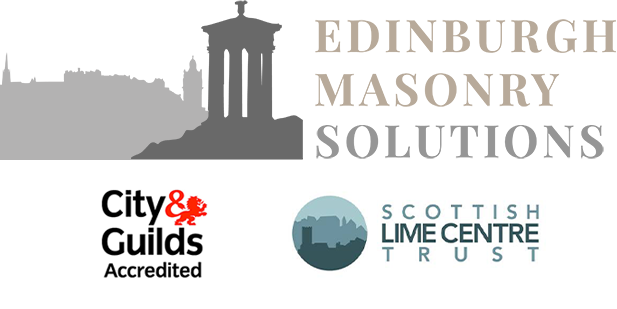Lime Pointing in Edinburgh
Although it may look unremarkable, lime mortar is an incredibly important part of the fabric of the building. Working with stone it is imperative to use a lime-based pointing, as its properties are perfectly matched to the natural aspects of the stone it secures.
Pointing finishes the wall surface and closes the gaps between stone or brick on external walls to keep the surface weathertight, encouraging the transfer of moisture and salts away from the principal stone and brick construction.
Poor repointing of walls can have a serious detrimental effects on the appearance of a building.
Like all things, lime mortar needs occasional attention and re-pointing is something that will need to be done from time to time.
The appropriate use of traditional lime renders and mortars on historic buildings contributes to their preservation, and helps to maintain the historic character and local distinctiveness of an area.
This applies to all types of project whether it be a full building or a simple garden wall.
Using correctly applied lime mortar is imperative for a long-lasting and esoterically pleasing finish.


